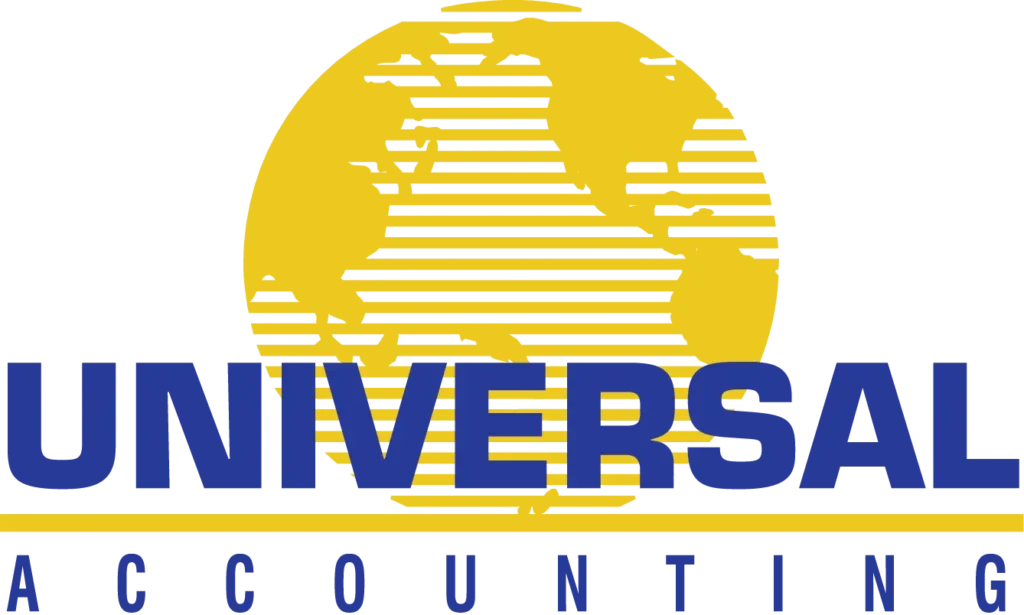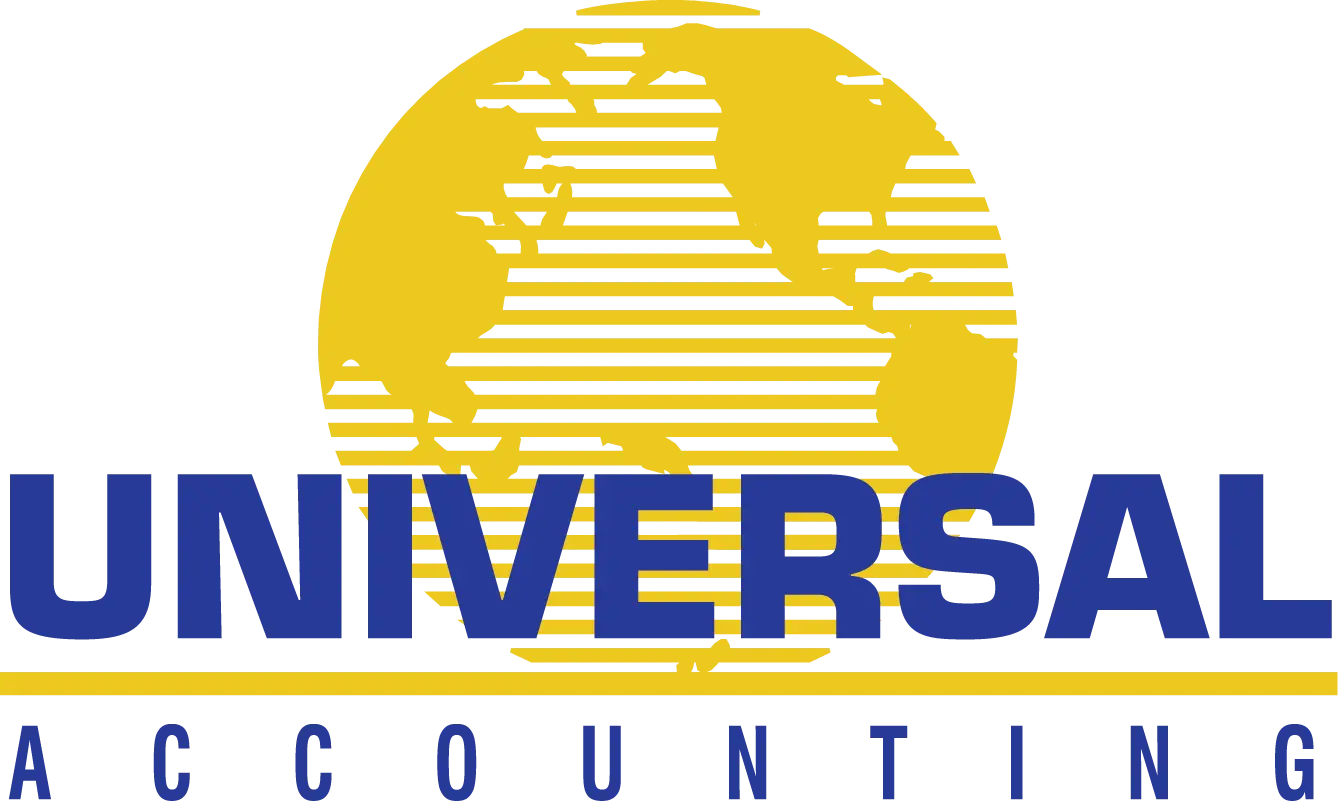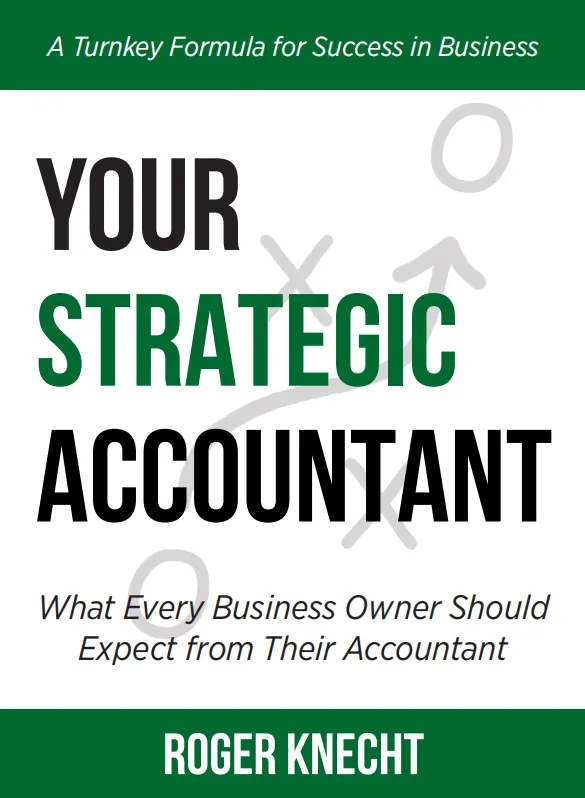Bank reconciliation is an essential process in bookkeeping and accounting services. It involves comparing your financial records with your bank statement to ensure that they match. By doing this, you can identify any discrepancies between the two and correct them. In this article, we’ll explore what bank reconciliation is, why it’s important, and how you can perform it effectively.
Understanding Bank Reconciliation
Bank reconciliation is the process of matching the transactions in your company’s financial records with those listed on your bank statement. This task is crucial for maintaining accurate financial records and is a fundamental aspect of bookkeeping certification programs.
The goal of reconciliation is to ensure that every transaction recorded in your books corresponds to a transaction on your bank statement. This process helps you verify that all funds have been correctly accounted for and can reveal errors or fraudulent activities.
Why is Bank Reconciliation Important?
Bank reconciliation is vital for several reasons:
- Accuracy in Financial Records: Ensuring your financial records match your bank statement is crucial for accurate bookkeeping. It prevents errors in financial reporting, which can lead to significant issues, especially when filing taxes or applying for loans.
- Fraud Detection: Regular bank reconciliation can help detect unauthorized transactions or fraudulent activities early. By comparing records, you can spot discrepancies and address them promptly.
- Cash Flow Management: Bank reconciliation provides a clear picture of your cash flow. Understanding your available funds helps make informed financial decisions and plan for future expenses.
- Compliance and Audit Preparation: Accurate financial records are essential for compliance with regulations and are crucial during audits. Bank reconciliation ensures that your books are in order and ready for review.
How to Perform Bank Reconciliation
Performing bank reconciliation involves a few simple steps:
Step 1: Gather Your Records
Before starting the reconciliation process, gather all relevant documents. These include your bank statement and your internal financial records, such as the cash book or ledger.
Step 2: Compare Transactions
Begin by comparing each transaction listed in your financial records to the corresponding transaction on your bank statement. Mark off each transaction that matches.
Step 3: Identify Discrepancies
After matching all transactions, check for discrepancies. These may include:
- Unrecorded Transactions: Sometimes, transactions appear on the bank statement but not in your records. This can happen with bank fees or direct deposits.
- Errors in Amounts: Ensure the amounts for each transaction match between your records and the bank statement.
- Duplicate Entries: Check for duplicate entries in your records that may have been recorded by mistake.
Step 4: Adjust Your Records
Once discrepancies are identified, make necessary adjustments to your financial records. This may involve recording missing transactions, correcting amounts, or deleting duplicates.
Step 5: Calculate the Adjusted Balance
After making adjustments, calculate the adjusted balance of your records. The adjusted balance should match the ending balance on your bank statement.
Step 6: Document the Reconciliation
Document the reconciliation process for future reference. This includes noting any adjustments made and the reasons for discrepancies. Proper documentation is essential for maintaining transparency and aiding in audits.
Bank Reconciliation Example
To illustrate the bank reconciliation process, let’s consider a simple example:
Imagine your company’s financial records show a cash balance of $5,000 at the end of the month. However, your bank statement shows an ending balance of $4,500. The difference of $500 needs to be reconciled.
Upon reviewing the records, you find:
- A bank fee of $50 not recorded in your books.
- A customer check of $450 that was deposited but hasn’t yet cleared the bank.
To reconcile, you would:
- Record the $50 bank fee in your financial records.
- Adjust your records to reflect the pending $450 check.
After adjustments, your records should show a cash balance of $4,500, matching the bank statement.
Common Challenges in Bank Reconciliation
While bank reconciliation is a straightforward process, some challenges may arise:
- Time-Consuming: Reconciling accounts can be time-consuming, especially for businesses with high transaction volumes.
- Complex Transactions: Complex transactions, such as international transfers, can be challenging to reconcile without the right tools or expertise.
- Human Error: Mistakes in recording transactions or in the reconciliation process itself can lead to inaccuracies.
To overcome these challenges, businesses often rely on bookkeeping and accounting services or use specialized software to streamline the reconciliation process.
Enhance Bank Reconciliation Skills with Universal Certifications
Advance your career with Universal Accounting Center’s specialized online certification programs in bookkeeping, tax preparation, and business advisory services. Just as people trust certified medical professionals, business owners rely on certified accountants for their financial needs. Get certified through Universal Accounting Center to strengthen client trust while getting equipped with the skills to excel in your profession.
Your business is an asset. You should know its value and understand how to maximize it.
Start with the Color Accounting course to build a strong foundation in accounting principles, enabling you to communicate effectively with clients. Then, choose a certification path that aligns with your career goals:
- Professional Bookkeeper Certification – Gain expertise in bookkeeping and tax return preparation.
- Professional Tax Preparer Certification – Master tax planning and preparation to provide expert services.
- QuickBooks Specialist Certification – Demonstrate proficiency in QuickBooks, the industry-leading bookkeeping software.
- Profit & Growth Expert™ – Expand beyond traditional bookkeeping with advanced consultative accounting services to drive business profitability and growth.
Your business is an asset. You should know its value and understand how to maximize it.
The Role of Bookkeeping and Accounting Services
Engaging professional bookkeeping and accounting services can be beneficial for businesses looking to maintain accurate financial records. These services offer expertise in bank reconciliation, ensuring that your books are always up-to-date and compliant with regulations.
Professional accountants use advanced tools and software to automate the reconciliation process, reducing the risk of errors and saving time. They also provide valuable insights into your financial health, aiding in strategic decision-making.
Become a Certified QuickBooks Specialist with Universal Accounting Center
Unlock the full potential of QuickBooks Online with the comprehensive video training program offered by Universal Accounting Center. This course prepares you for Intuit’s QuickBooks ProAdvisor Certification while providing personalized guidance from an assigned academic coach to further enhance your skills.
Bookkeeper Certification Classes & Courses
A variety of institutions offer bookkeeper certification programs, ranging from online self-paced courses to in-person training. These courses not only prepare individuals for certification exams but also provide valuable hands-on knowledge essential for success in bookkeeping and accounting.
Professional Bookkeeper™ Certification by Universal Accounting School
The Professional Bookkeeper™ (PB) Certification, offered by Universal Accounting School, is designed to equip professionals with expertise in small to mid-sized business accounting. This certification highlights your dedication to excellence in bookkeeping and accounting, helping you establish credibility and advance your career. Whether you’re starting fresh or refining your skills, this program positions you for long-term success.
About the Course
Our comprehensive training program is designed to ensure student success. The Professional Bookkeeper Certification Program consists of 20-67 hours of in-depth instruction divided into four modules:
- Three modules cover core bookkeeping principles and practical applications.
- A fourth post-qualification module helps graduates start their own bookkeeping business.
This structured approach provides essential accounting knowledge while preparing you to achieve meaningful financial results for businesses.
Conclusion
Bank reconciliation is a critical component of financial management. By regularly reconciling your accounts, you can ensure the accuracy of your financial records, detect fraud, and maintain healthy cash flow. Whether you handle reconciliation in-house or engage bookkeeping and accounting services, it’s essential to prioritize this process for the financial well-being of your business. By understanding and implementing effective bank reconciliation practices, you can safeguard your company’s financial integrity and position yourself for long-term success.














